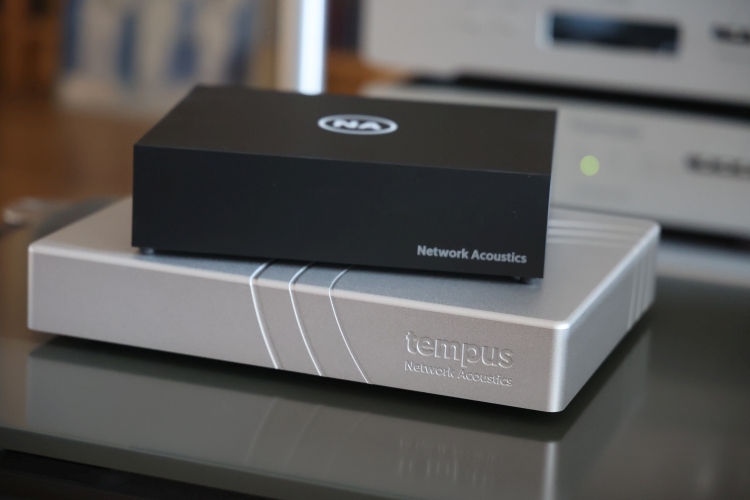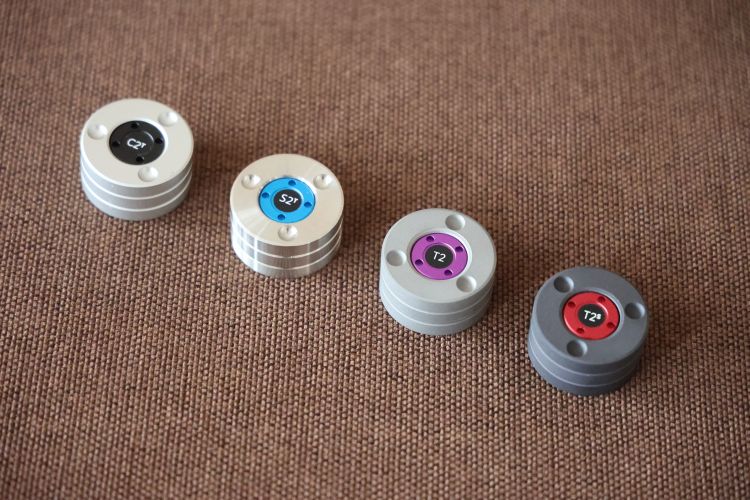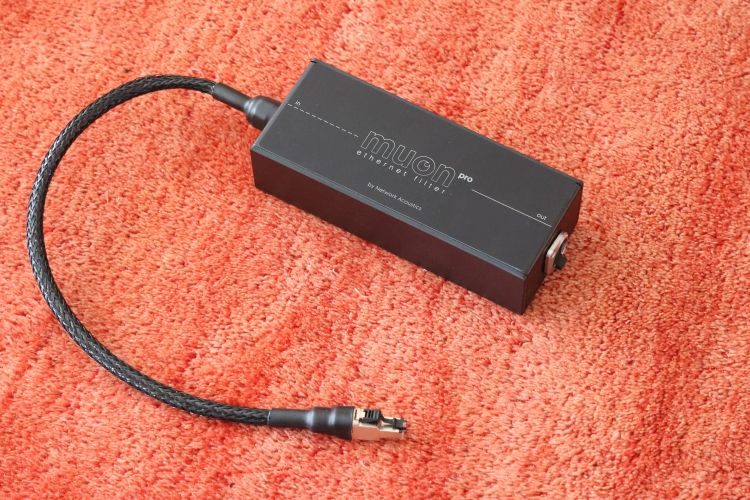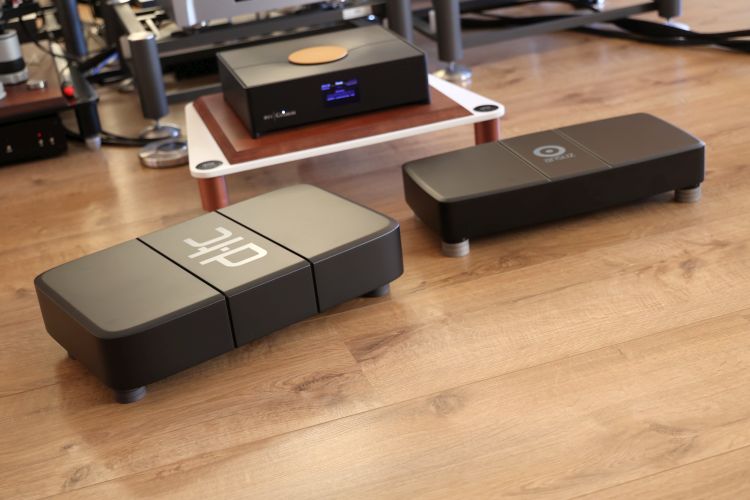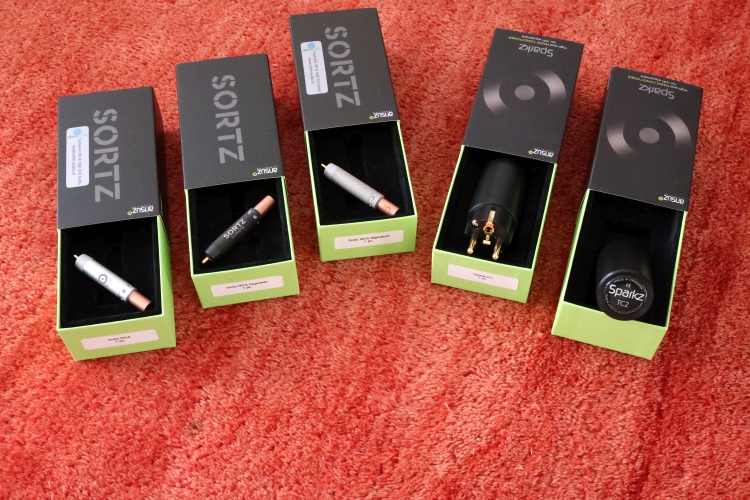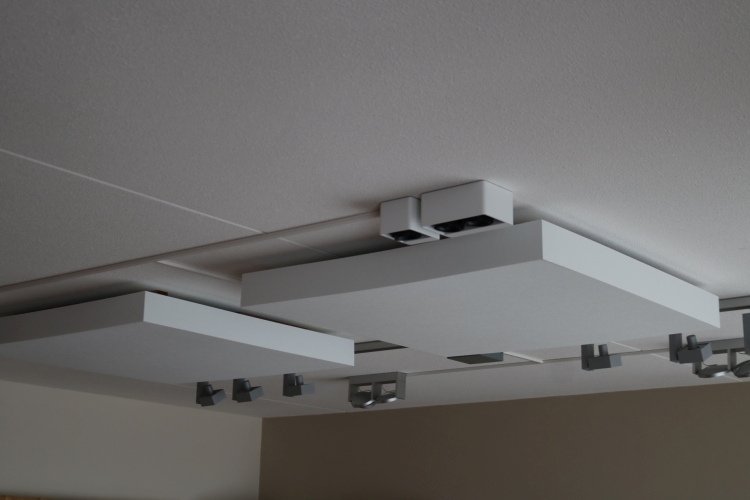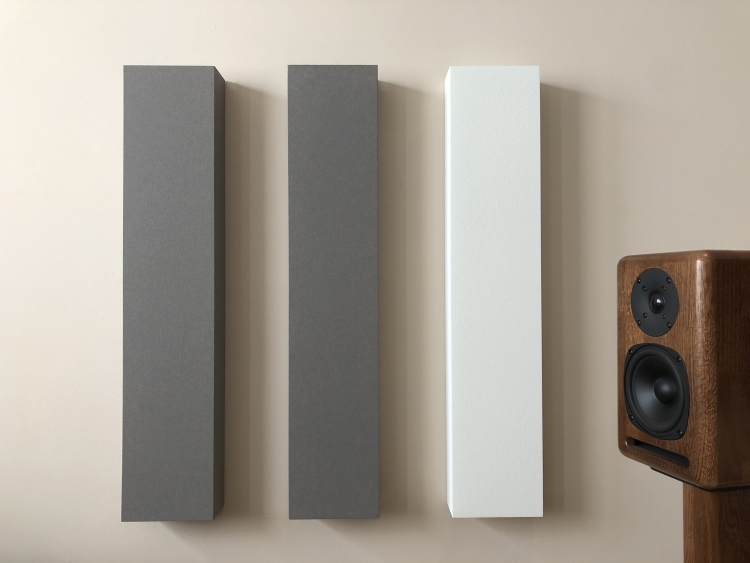
Review samples supplied by R.T.F.S.
Retail price in the NL including 21% VAT: 79.90 per segment
Available in white, red, grey, and black
Regular readers will know that I am a fan of R.T.F.S. products, which is short for “Raumakustik Tools Farshid Shahlawandian”. To be honest, I have yet to encounter a model that I did not find very useful. After having properly addressed my main listening area, the focus shifted to the secondary listening area, and I reported on both in the Ceiling Vane and Carreau article.
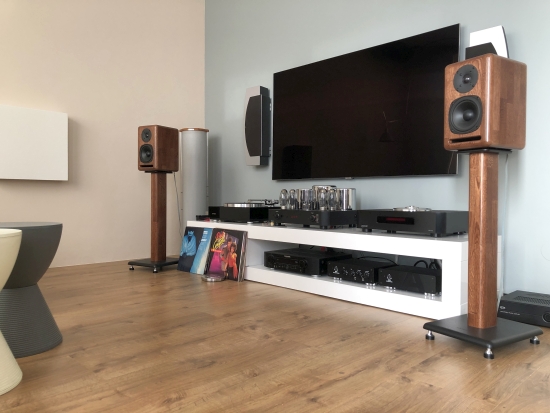
The audible result of the single Carreau on the wall is unmistakable and entirely beneficial. What this panel does for the sound is to render the wall onto which it is placed audibly invisible. It does this by absorbing most of the direct reflections whilst leaving no sonic impact otherwise.
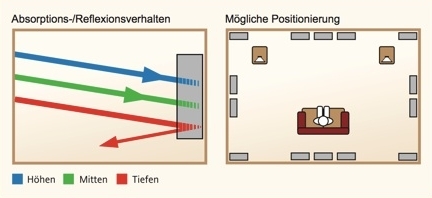
An added bonus is that the panel not only works as a midrange/high-frequency absorber while allowing a moderate amount of controlled high-frequency reflection, it also works as a bass trap, and in that last capacity, it is way more effective than one might assume.
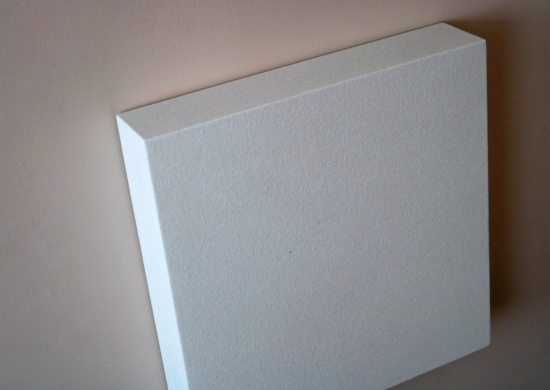
After having successfully installed the Carreau in the secondary listening room (see images above), Farshid sent me the following picture of their Stripe product, along with the question if I would be interested in reviewing it.
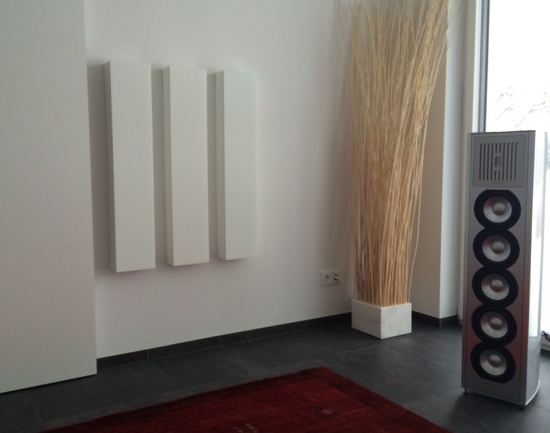
After one look at the above picture, I was intrigued. Not only did I very much like the aesthetics of this product, but it would also provide even better control over the precise balance between reflection and absorption. So, yes, I would definitely review it. So here goes!
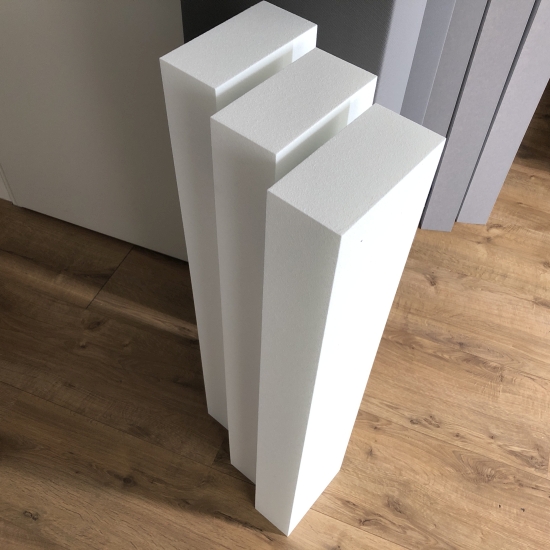
The Stripe is made from the same material as the Carreau but instead of a 48 x 48 cm square, the Stripe measures 80 x 20 or 100 x 20 cm. For my purpose, I requested the 100 cm versions in white and Farshid was kind enough to also include two samples in grey and on in the shorter 80 cm length. The 80 cm length has been created so that they can be mounted above door handles, and in general, it might prove handier to apply than the 100 cm versions.
For my situation, the longer versions were more ideal. This is because I wanted to fine-tune and improve the soundstaging while also combatting a flutter echo that I hear when clapping my hands while standing up.
The units attach to the wall in exactly the same manner as the Carreau: with a flat magnet strip that can temporarily be fixated to the wall by means of paint masking tape and then fixed permanently with its self-adhesive layer.
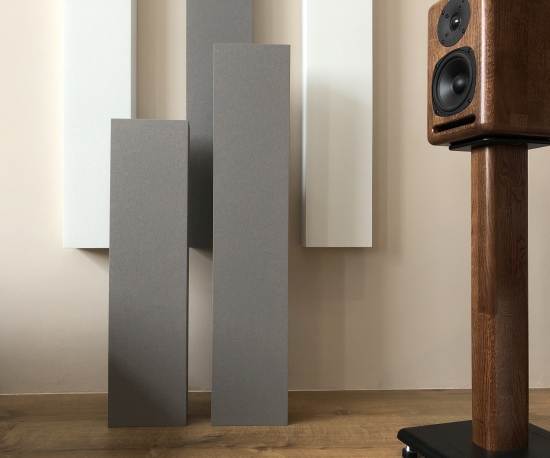
Shown here in white and grey and in 80cm and 100cm lengths, the Stripe is also available in red and black.
Listening Experiments
As with the Carreau and as a starting point, I made sure to find the ideal mid-point position for both the left and right Xavian loudspeakers and for all three of the seating positions. Because I could now cover a wider area, I also made sure to note the reflection points for the Martin Logan cinema speakers.
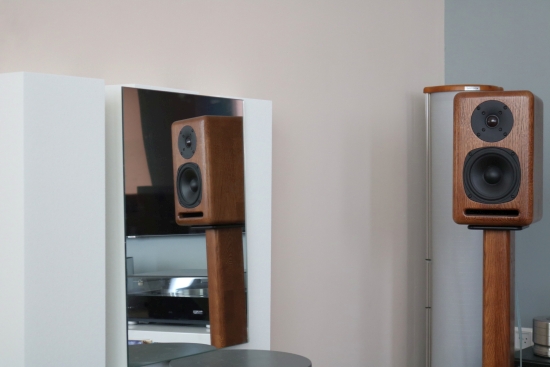
As it turned out, simply attaching all three panels closely to one another sure takes care of the flutter echo and greatly improves the focus between the speakers by sonically removing the wall but it also reduces the soundstage width and makes the bass sound thicker and boomier.
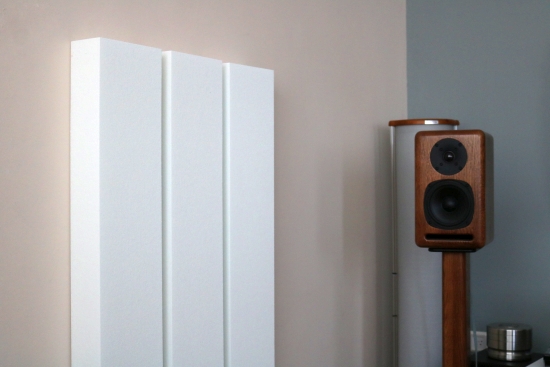
As mentioned, in addition to absorbing midrange- and treble energy, these panels are remarkably effective at absorbing bass. And while that should generally be a good thing, I felt that in this case, the balance was not ideal. Just to check, I removed the three Stripes, only to find that this only makes things worse.
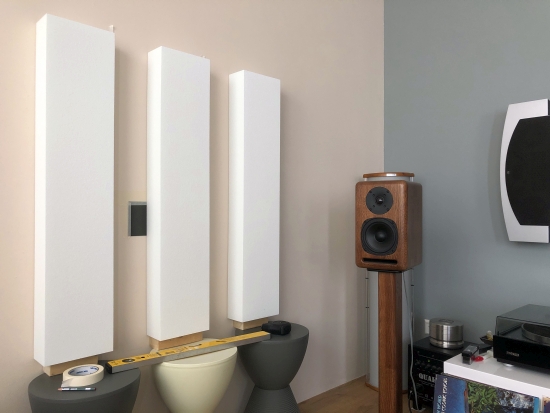
Spreading the panels more apart immediately increases the sense of air, soundstage width, and the overall breathing of the music. Simultaneously, the bass becomes tighter and more incisive, and indeed less boomy. When positioned even more apart, the focus starts to suffer, as heard very clearly with female singing voices. Interestingly, when spaced very widely, you lose a big portion of the damping effect and it sounds a bit like there are no panels on the wall! This perfectly illustrates the importance of precision placement, as well as the versatility of this building block approach.
Now that I had a good feel for the effect, I fine-tuned the positions of the left and right unit while keeping the middle one in a fixed position. By moving them cm by cm, I achieved the ideal balance between liveliness and damping and between focus and soundstage size. When positioned ideally, the soundstage gains depth and the speakers start to image even beyond the physical wall’s position while vocals are portrayed with high accuracy and sharply focused in front of it. Interestingly, even though it is placed far beyond any of the first reflection points, the rearmost Stripe, the one that was the furthest from the listening position, proved pivotal for the perceived soundstage depth.
Annoyingly, only after having made all these incremental movements and having found the ideal sonic balance, I noticed that the three Stripes were not equidistant from one another. Alas, my aesthetics OCD prevents me from accepting this great-sounding solution, and thus, the cycle repeated.
Knowing the importance of the rightmost Stripe, I started by moving the leftmost and the middle stripe to the right in an effort to equalize the distances. It was only 2cm, but alas, that immediately led to a slight muddying and diminished focus. Then, I tried moving only the middle Stripe, but again, this hurt the overall balance. Eventually, after a couple of trials and errors, I ended up leaving the middle and right one where my ears had found them to be ideal and moving only the left one out by the same distance. Fortunately, that proved to be ideal!
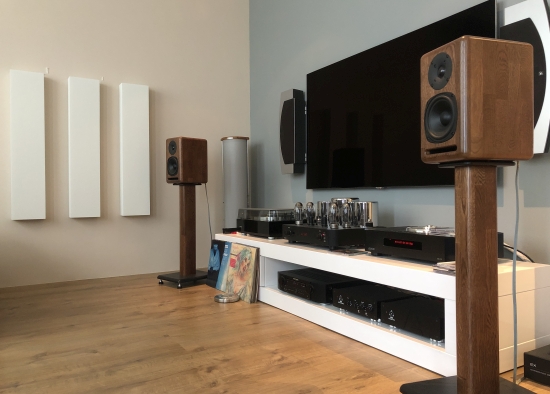
It was interesting to note that after having found (and marked) the positions, any deviation was immediately noticeable as a reduction in focus or spaciousness or an increase in boominess.
Most conveniently, and this still surprises me given their small size, the Stripes, when in their ideal positions, further balance out the bass by taking away excess boom as a result of the left speaker being close to the left wall. Even though the right speaker’s sidewall is several meters away, the sound is now more focused and more balanced than is possible without the treatment on the left wall.
Just to make sure that I was not fooling myself, I removed the three Stripes and went back to the square Carreau. Granted, it was most definitely better than a naked wall but it was a big step back compared to the three Stripes, that is, only when they are positioned very precisely. If they are just slammed together, their combined effect is similar to that of the square Carreau, but with a larger amount of damping.
Conclusion
Yup, this was yet another success story with an R.T.F.S. product. Sorry, I can’t help it if they work so well! Ever since my experience with the Carreau panel and the SiRRAH’s, I was aware of these panels’ exceptionally effective absorption at low frequencies in addition to damping mid-and high frequencies, and my experience with the Stripes further confirms this. The added benefit of the Stripes over the Carreau is that they provide precise control over the exact balance between reflection and absorption. When positioned carefully, they enable wider and deeper perceived soundstaging along with precisely tailored bass behavior.

External Links
Manufacturer’s website: R.T.F.S.de

